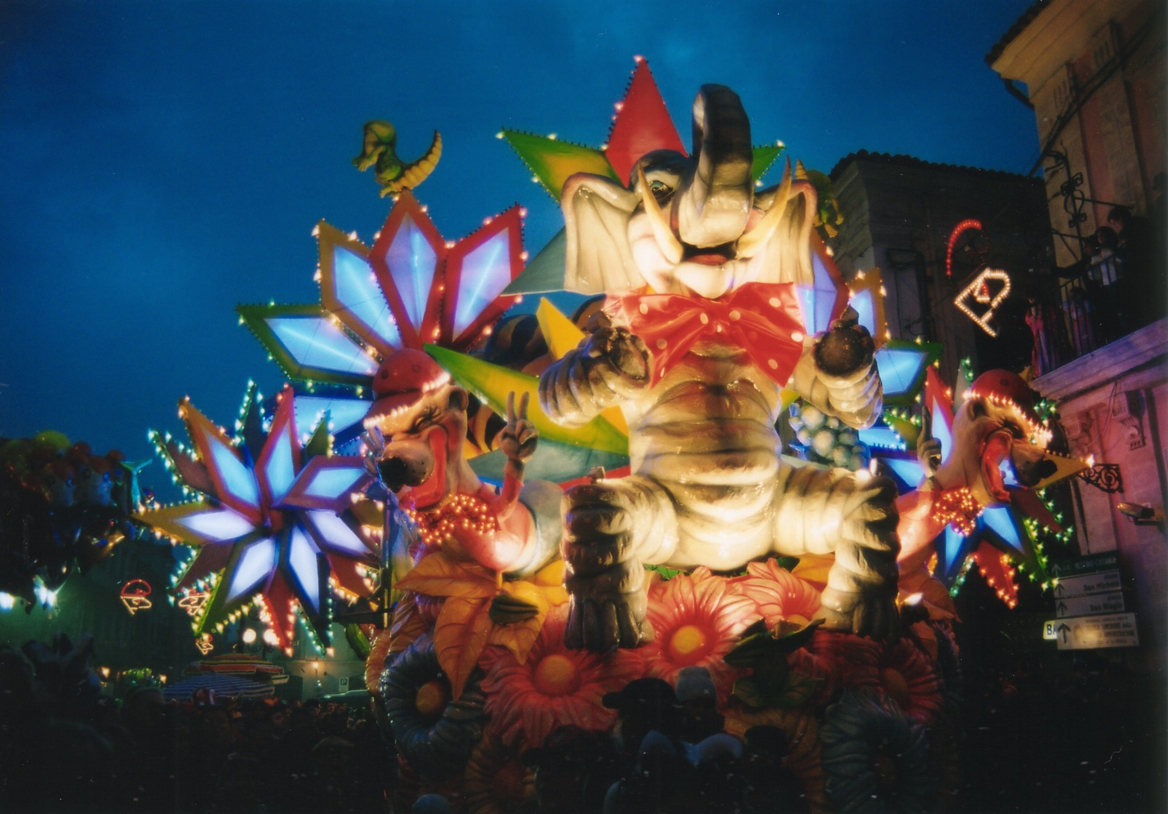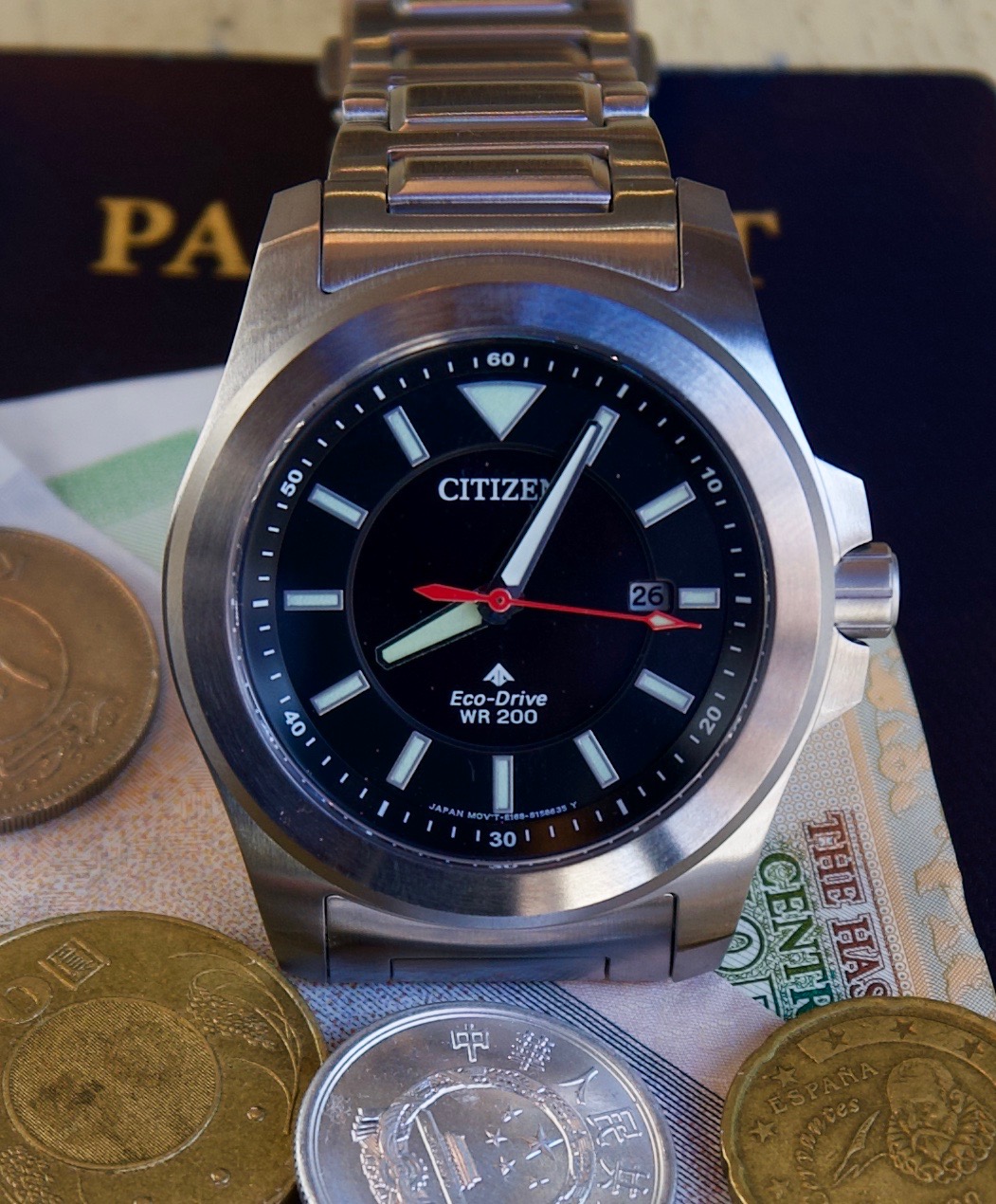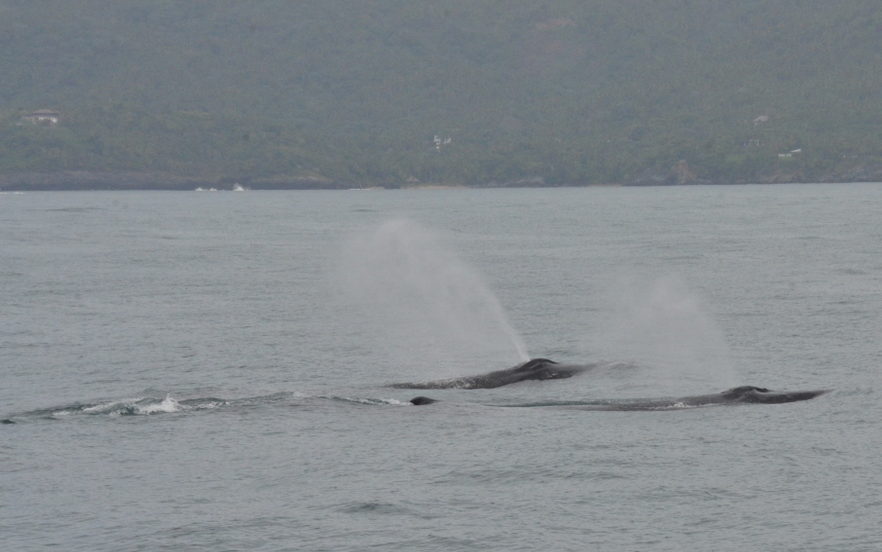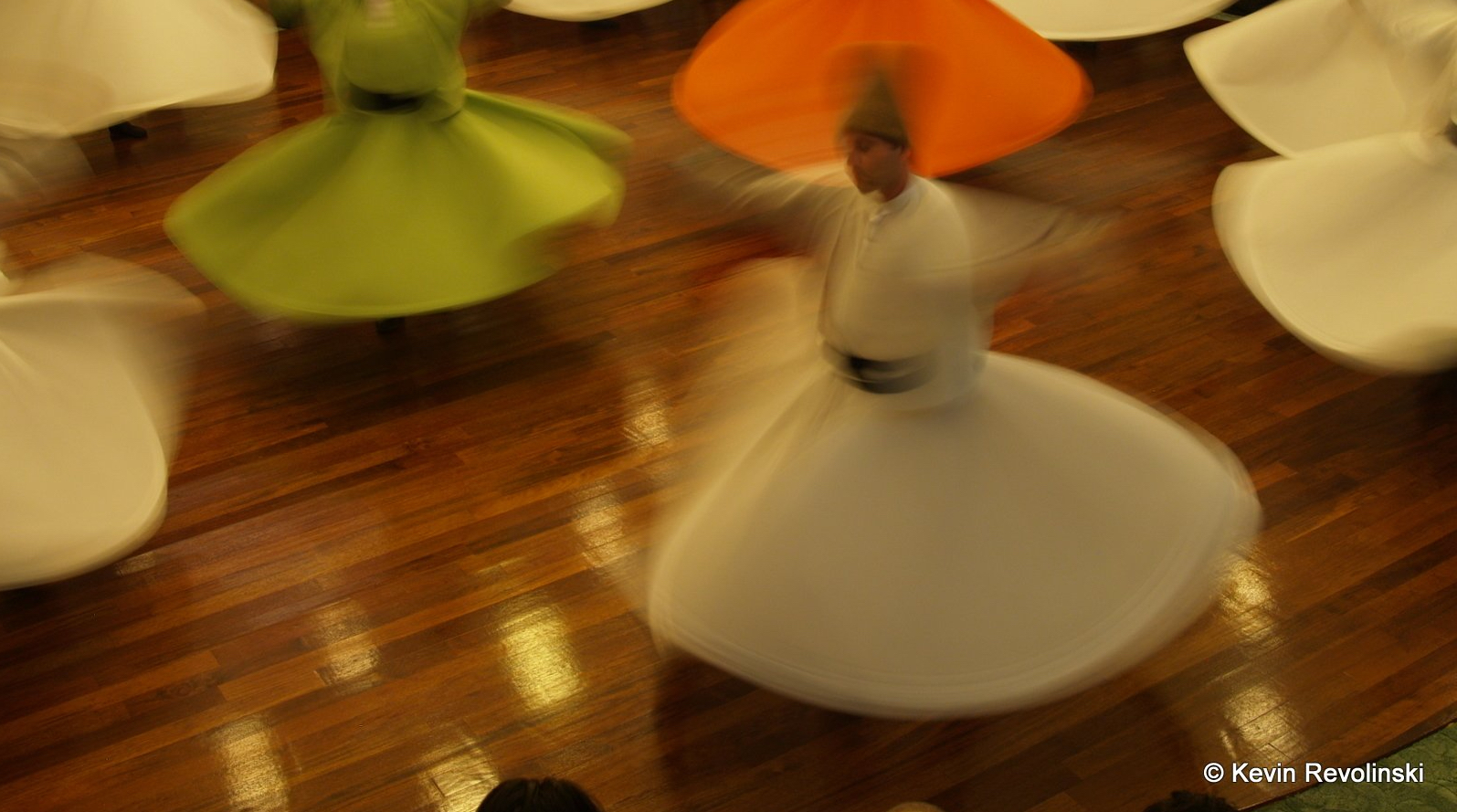Heads of state sometimes gather in Port of Spain to jockey for position, with some reaching out and some more antagonistic. Often overlooked is a lesson in personal diplomacy that the entire world might take from the host country, Trinidad and Tobago. The two islands, quite different from each other, form a single country, and have the Caribbean’s most intriguing culture. People who are often at loggerheads elsewhere in the world get along just fine here, thank you very much.
The historical layers that built Trinidad and Tobago have created one of the most splendid melting pots in the world, with a remarkable degree of affability between the diverse groups that built the nation. Understanding those historical layers is key to appreciating the country’s many grand offerings to visitors.
 A Cultural Melange
A Cultural Melange
People from these divergent backgrounds have blended their heritages, and often their families. Although the number of unmixed Chinese Trinidadians, or Sino-Trinidadians, probably peaked in 1960 at eight and a half thousand, many more islanders have some Chinese in their ancestry. Among the much larger Indian population, it isn’t unusual for Muslims to marry Hindus, with a marriage in each religion to please the families. The families then just double down on the religious holidays. The racial and religious tensions found in much of the world’s regions are hard to find here. It’s a very refreshing experience.
If you ask a cab driver his family’s ancestry, be prepared to hear a long story about a well-branched family tree, likely to include Europeans, Amerindians, Africans, Indians, Chinese and others such as Portuguese, many of whose ancestors were also indentured laborers, and Arabs. They all bring something to the cultural mix, not always in proportion to the size of the population. For example, Buddhists may only be a percent of the population, but the country was recently fascinated by introduction of the Shaolin Martial Arts of Ch’an Buddhism.
One of the pleasurable spill-overs of this melting pot is the cooking pot, and its been simmering for centuries. Consider the dish of curry chicken and roti, inherited from indentured laborers from India, along with curry versions of crab, shrimp, duck and potato. The roti is of various ingredients, including cowpeas. Sometimes its served on a skewer with eggplant relish and tomato chutney vinaigrette. A sample from Africa is callaloo, a spicy dish made from dasheen leaves, okra, crab, coconut milk and cilantro. Many dishes are stewed, barbecued or curried with coconut milk.
Spice is King
Hot peppers concoctions, including a hot sauce called “mother-in-law” that makes some people’s faces sweat just from thinking the name, often figure in. Mango chutney and curry mango are among the treats resulting form fusing the broad array of delicious fruit with spice.

Rich soups and stews are known as “blue food.” The seafood offerings are superb, particularly curried crab and dumplings, and king fish. A small fresh water fish, the cascadura, is used in a rare specialty dish, with the legend that those who eat it will return to Trinidad to send their days.
The most popular drink is a rum punch made from sugar water, dark rum, lime juice and Angostura bitters.
The historical melting pot has also brought forth unique recipes for music. Among them is the steel drum. It’s a brilliant innovation that began in the 1930’s as orchestras of dustbin lids, prying pans and oil drums. The tops of 55 gallon drum tops are hammered into a pitched percussion instrument called a steelpan, with pitched notes based on the size of the ovals in the pan. One might have thirty soprano-range notes, another only three bass notes, necessitating a player to have six pans. There’s a large range of instruments between them, and pan orchestras might have a hundred or more players. High tech techniques are continually developed to better tune the pans, and some are designed at the outset to be musical instruments, including by one manufacturer in Switzerland. The music a good orchestra puts out is a marvel to hear.
The pan evolved from traditions of African drums and sticks used by slaves to communicate, which were suppressed on the islands. Percussion bamboo sticks were banned in 1883 after they were used as weapons in conflicts between groups who lost control during the Mardis Gras carnival celebrations inherited from the French. Drumming traditions were also strong in India. After the initial bans, bottles and spoons were used until the pans were created.

Variations on a Theme
Another of Trinidad and Tobago’s musical gifts, Calypso, has its roots in attempts at communication between slaves. Strongly harmonic and rhythmic, the songs are often in the language of a French creole that was created to allow the melting pot to better communicate, as the slaves from different tribes and the other inhabitants originally came with very different languages. Songs are led by a griot, a poet and wandering musician who is both witty and very knowledgeable on local history and events. The griot style has been traced to West Africa and the old Mali Empire of seven hundred years ago. After slavery was abolished on the islands, carnival festivals began to develop in the 1830’s, with large tents for Calypso concerts and competitions.
Other variations on these musical forms include Extempo, a type of freestyle calypso war for which the lyrics are improvised on the spot. Singers don’t just compete for the carnival title of Extempo Monarch. Some wander the streets with a guitar or walk onto a bus and make up songs on the spot about the people they see. Rapso is another musical style, with more political and spiritual themes, and Chutney, which grew from the Indian populations. These and other styles are woven into the carnival competitions but are prevalent throughout the year.
Painting the Town Blue
While the focal point of carnival is in Trinidad’s capital, Port of Prince, it has smaller celebrations throughout the island, including one in a village up in the hills where “blue devils” dance through the street and demand tribute from onlookers. If a dollar isn’t given – keep the rest of your money well-hidden, the devils will grab what they can – the devils will smear them with blue paint, (it doesn’t wash out of clothes, this writer attests).
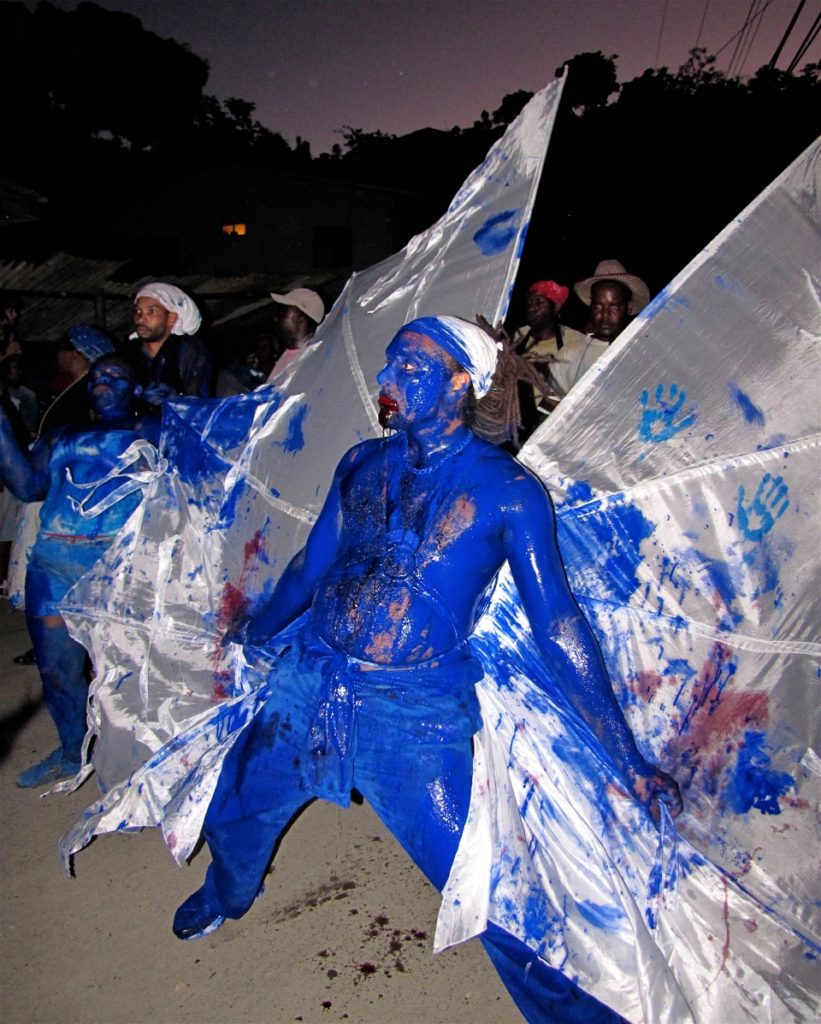 In the evening, as with the steel pan competition, Panorama, with its huge orchestras, and the Soca and Calypso competitions, which include singers, bands and dancers, there is also a “Mas” competition for King and Queen costumes that can only be believed if seen. It’s often accompanied by elaborate music, dancers and impressive stagecraft. One person, aided by no more than two or three small roller wheels, wears a huge costume weighing hundreds of pounds, and its not unusual to see someone collapse after getting his or her costume across the stage. The technical expertise that goes into making these huge costumes wearable is part of the art form, and it’s impressive, though everyone prays there is no strong wind that might sail a contestant off the stage. Themes are often drawn from China, India, Africa and American Indians.
In the evening, as with the steel pan competition, Panorama, with its huge orchestras, and the Soca and Calypso competitions, which include singers, bands and dancers, there is also a “Mas” competition for King and Queen costumes that can only be believed if seen. It’s often accompanied by elaborate music, dancers and impressive stagecraft. One person, aided by no more than two or three small roller wheels, wears a huge costume weighing hundreds of pounds, and its not unusual to see someone collapse after getting his or her costume across the stage. The technical expertise that goes into making these huge costumes wearable is part of the art form, and it’s impressive, though everyone prays there is no strong wind that might sail a contestant off the stage. Themes are often drawn from China, India, Africa and American Indians.
While Tobago, better known for a huge jazz festival in April, also celebrates carnival, it’s much less grandiose. For many Trinidadians, it is a post-carnival retreat where people can calm down. They hop a plane or ferry to get to the country’s alter ego island. While Trinidad’s modern economy leaned heavily on oil and now is focused on being a major producer of natural gas, Tobago’s riches are mostly in its unspoiled natural environment.

Special Reserve
Among its natural offerings is the Main Ridge Reserve, created to ensure that sugar planters wouldn’t fell all the trees for timber. There was a remarkable realization by a mid-18th century scientist, Stephen Hales, that taking down the trees would eventually end the moisture cycles that brought rain, turning islands like Tobago into a desert and ending all agriculture there. It was a tough sell in the British Parliament, where many members also owned plantations in Tobago. But after eleven years of effort, one member, Soame Jenyns, convinced his colleagues that Hales was correct. Protected by law in 1776 not to preserve royal hunting and pleasures, but to protect the watershed, this is the world’s oldest legally protected forest reserve of its kind.
The act creating the reserve is a marvel of environmental foresight that much of the world could still greatly benefit from emulating:
“Did also in pursuance of your said Instructions remove to Your Majesty a tract of Wood Land lying in the interior and most hilly parts of this island for the purpose of attracting frequent Showers of Rain upon which the Fertility of Lands in these Climates doth entirely depend.
Assented to by his Honour the Commander in Chief this Thirteenth day of April One Thousand Seven Hundred and Seventy Six.”
The reserve now covers over two-thirds of the island. Most of the forest is very similar to the type of forest that dominates in the Amazon. Unlike Trinidad, there are no poisonous snakes in the forests of Tobago, making them a worry-free pleasure to hike. Waterfalls abound, including Argyle Waterfall, which has 54 meters of stepped cascades and cold, deep pools one can swim in. Along the walk to the falls from a visitors center, one can see caymans in a river, and some of the 469 species of birds on the two islands, including many humming birds.
The North End of Tobago is the island’s most mountainous, and the beautiful bays on the Caribbean side are great for swimming, with extensive protective reefs for snorkeling. One might recognize locations like Pirates Bay that were used in the 1952 film, “Swiss Family Robinson”. You might have to hike a ways from small villages on the Caribbean side, but it’s not unusual to find coves and beaches that you can have entirely to yourself.
Little Tobago is a bird sanctuary with boobies, terns and the red-billed tropic bird, and offers some challenging hiking up steep slopes covered in parts by cactus and dry forest, but with much denser forest toward the top, and huge ferns. Whether or not you make it all the way to Little Tobago, Tobago is well worth exploring if you seek an experience that truly gets you away from crowds for the chance to experience environments that have mostly disappeared from the Caribbean.
Trinidad and Tobago offer a tale of two islands. Between them the diversity of people and offerings is one of the most satisfying in the Caribbean.
When You Go
The Hyatt Regency in Port of Spain is an excellent carnival headquarters that also organizes carnival involvement. The hotel is also favored by heads of state, as at a Summit of the Americas, and by business travelers. www.trinidad.hyatt.com




